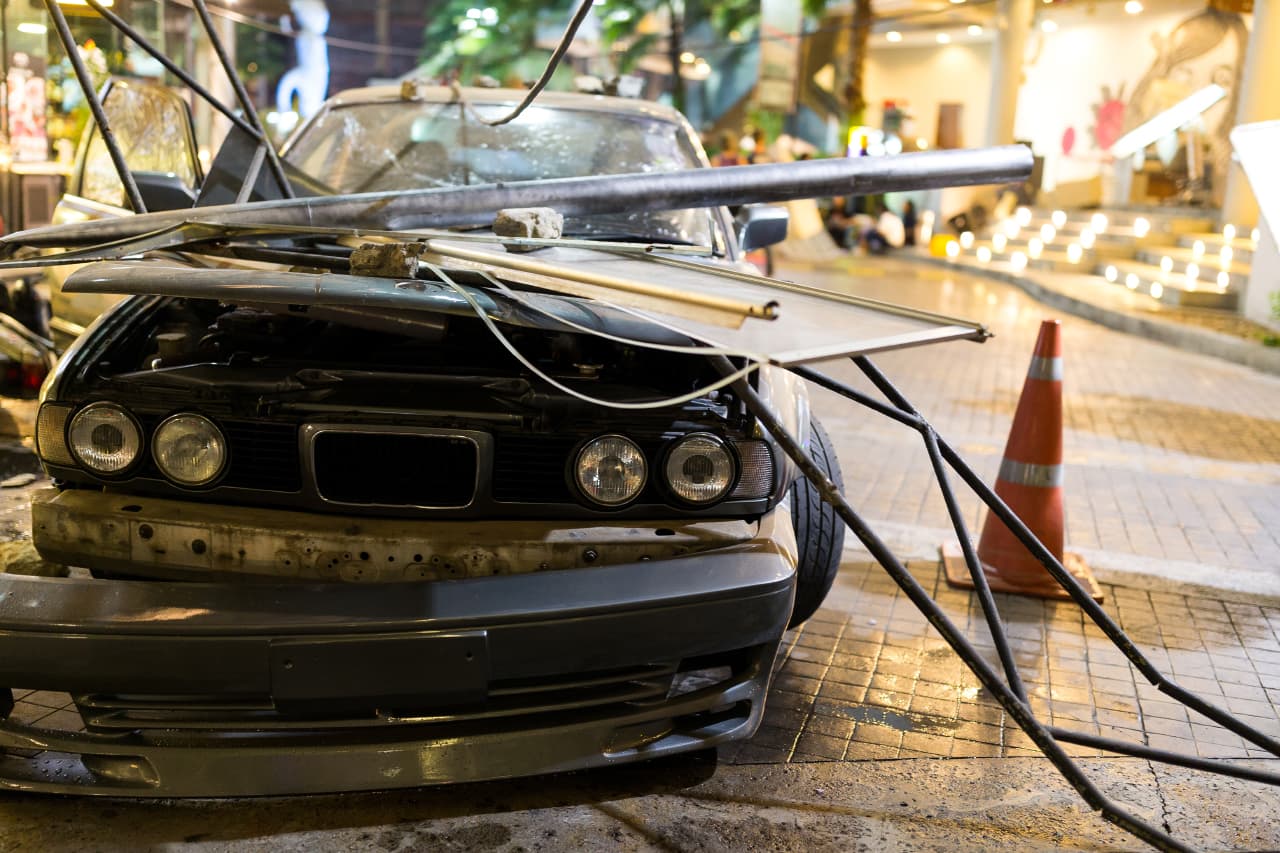
Few details were available after a tractor-trailer rear-ended a passenger vehicle, causing a chain reaction crash that sent four people to the hospital with serious injuries.
One victim was airlifted to a hospital in Albany. A photo taken at the scene showed the large truck jackknifed on the side of the road. The wreck happened on southbound Interstate 87 in Ulster County.
Medical expenses are usually the largest component of economic damages in a vehicle collision claim. Property damage is often a close second. These bills usually come in three phases: transportation, hospitalization, and rehabilitation.
An ambulance ride to a hospital is very expensive. A medevac flight is usually even more expensive. The average cost of the average flight is about $40,000. Because of this high cost, many non-emergency patients, such as people who shoot their eyes out, opt for Uber rides or other alternatives.
Car crash victims usually don't have this option. Emergency responders almost always summon ambulances to the scene if victims are seriously injured. Such transportation is always a good idea anyway in these cases. In serious injury cases, seconds count. Ambulances and helicopters are a lot faster than Ubers. The few moments could literally be the difference between life and death.
Emergency transportation is not just a good idea for health reasons. It's also a good idea for legal reasons. If victims refuse such treatment, insurance companies might later claim that their injuries must not have been very severe.
The average hospital stay costs over $2,500 per day. Intensive care could cost four or five times as much. At this rate, once victims are admitted into hospitals, the cost accumulates quickly.
Because of the high cost, victims expect quality treatment. But that's not always the case. Frequently, hospitals don't offer the treatment car accident victims need.
Head injuries are a good example. Generally, the brain conceals its own injuries. Therefore, many head injury victims don't know how badly they are hurt. For this reason, concussed athletes often ask their coaches to immediately put them back int eh game. These individuals honestly "feel fine." So, they don't see any need for medical treatment.
These injuries are degenerative. They are always hard to treat. Treatment delay makes this process even harder. Furthermore, these injuries are permanent. When brain cells die, they never regenerate. So, the longer the injury goes untreated, the more brain cells die, and the more serious the injury becomes.
For this reason, a New York personal injury attorney usually refers victims to physicians who focus on car crash injuries. These professionals know how to diagnose and treat head injuries and other conditions.
As a bonus, these physicians usually charge nothing upfront for their services. As an additional bonus, an attorney negotiates with providers, often convincing them to lower their fees. Under New York's complex collateral source rule, that could mean the victim gets to keep more of the settlement money.
Assume Ralphie's tragic eye injury lead to $100,000 in medical bills. Ralphie's lawyer reduces the bill to $75,000. In most cases, the insurance company is financially responsible for $100,000. If that's the case, Ralphie gets to keep the extra $25,000. That sum could buy a lot of Red Ryder Carbine Action 200-shot Range Model Air Rifles.
The final phase of medical treatment usually goes in one of two directions. Physical therapy strengthens muscles after an accident. For example, people with severely broken leg bones must essentially learn to walk again. Occupational therapists teach permanently injured individuals a new trade.
Technically, there is no rehabilitation period length limit. If rehab takes twenty years, it takes twenty years. However, insurance companies often try to pull the financial plug if rehabilitation drags on. Attorneys advocate for victims in these situations, to help ensure that the money keeps flowing.
Some form of driver inattention almost always causes these collisions. Frequently, the inattention is rooted in some form of driver impairment, as follows:
Operational errors could cause driver inattention as well. Following distance is a good example. Noncommercial drivers should keep about two seconds between themselves and the vehicles in front of them. Since large trucks are so hard to stop, the recommended following distance is about eight seconds.
Injury victims are entitled to substantial compensation. For a free consultation with an experienced personal injury attorney in New York, contact the Pianko Law Group, PLLC. Home and hospital visits are available.